I spent hours tracking down a game I barely remembered from my childhood, and it turned out it was a screensaver
My favorite game turned out to be Johnny Castaway, the forefather of virtual pets.
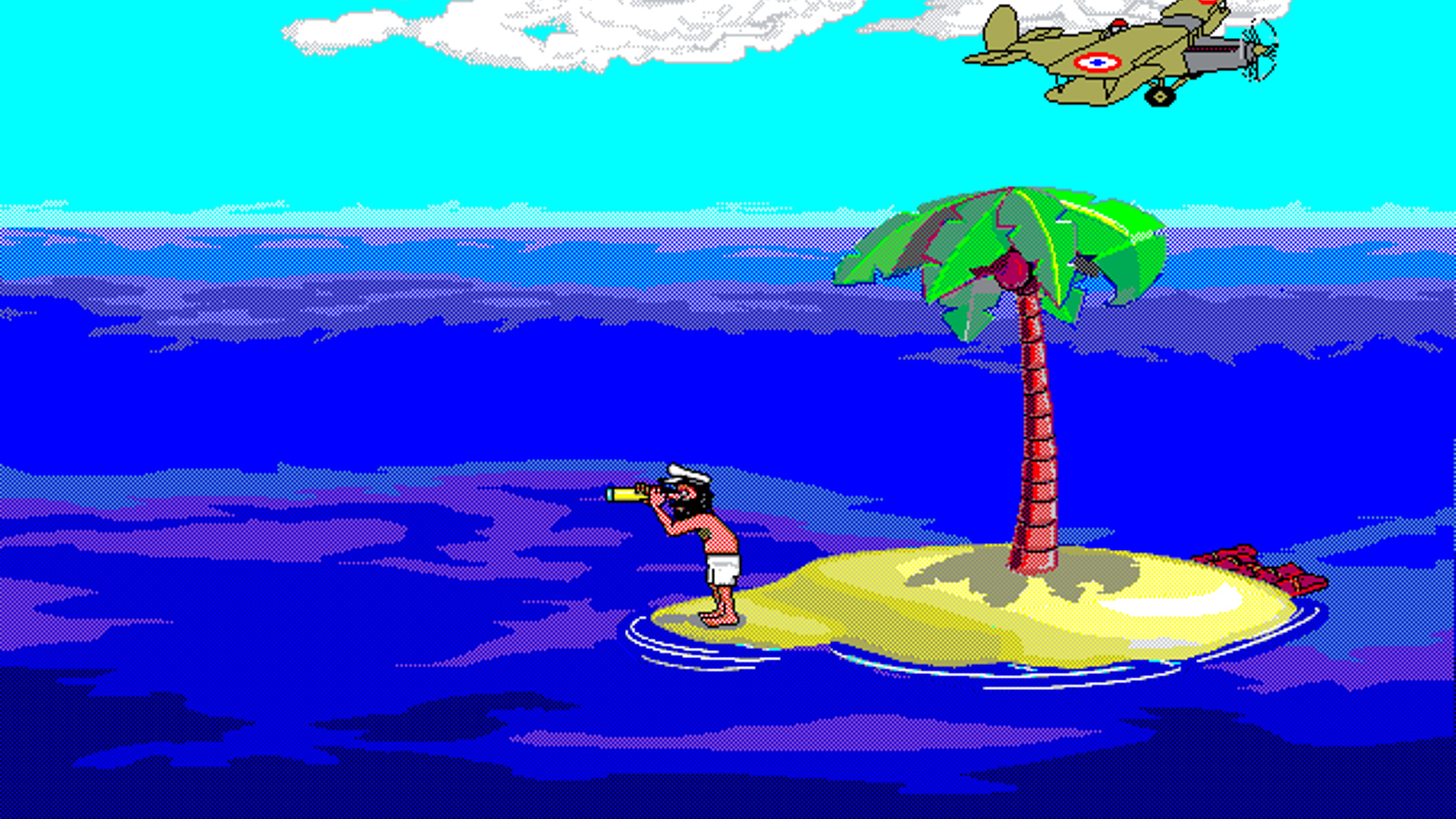
My earliest PC gaming memories are haunted by a shipwrecked sailor, stuck on a desert island. For the longest time I couldn’t remember who this specter of my gaming past was. His bedraggled appearance and amusing antics—building sand castles and feuding with a seagull that wanted to sit on his hat—didn’t belong to the first level of the original Duke Nukem (which I never got past), or any other childhood favorites. Not Chopper Commando, not Lighthouse: the Dark Being, and not Quest for Glory.
Maybe the strangest thing about the screensaver era is how pricey some of the most popular packs were. After Dark 1.0 for DOS was a hefty $50 in 1993, though it did include 27 simpler screensavers. Meanwhile, Johnny Castaway and its clever innovations was going for $35, putting screen savers at roughly the same cost as your average new video games—back then or now.
This mystery sailor remained shipwrecked in my brain, and after years of ignoring him, I finally dedicated myself to unraveling the mystery on a slow afternoon: His name was Johnny Castaway, and he wasn’t actually from a game at all, but instead a screensaver released in 1992 by Sierra On-Line.
Screensavers are nearly forgotten today. Older gamers may fondly remember flying toasters and tangled masses of colorful pipes, but modern displays have no need to prevent burn-in like now-obsolete plasma and CRT monitors. But Johnny Castaway didn’t share much in common with the typical '90s screensaver.
When it was released in 1992, Johnny Castaway marketed itself as "the world’s first storytelling screensaver" and the description was apt. Stuck on a tiny desert island with a single coconut tree, Johnny was a bearded man in battered shorts and a sea captain's hat. Every time the screensaver would start, you would get a glimpse into Johnny’s ongoing predicament, watching as he climbed his tree for coconuts, tried to start a fire, and failed at fighting off a seagull.
Other screensavers had done something vaguely similar to what Johnny Castaway did, like the ‘Mystery’ module from the After Dark screensaver collection which showed various ‘spooky’ scenes at a haunted house. But no other screensaver came close to the narrative and presentation of Johnny Castaway, which blends smaller randomized scenes with larger story segments and a day/night cycle based on the system clock. Johnny’s stories were amusing and low stakes—falling in love with a mermaid, trying to build a raft, or sleeping through potential rescues—but they made me want to come back.
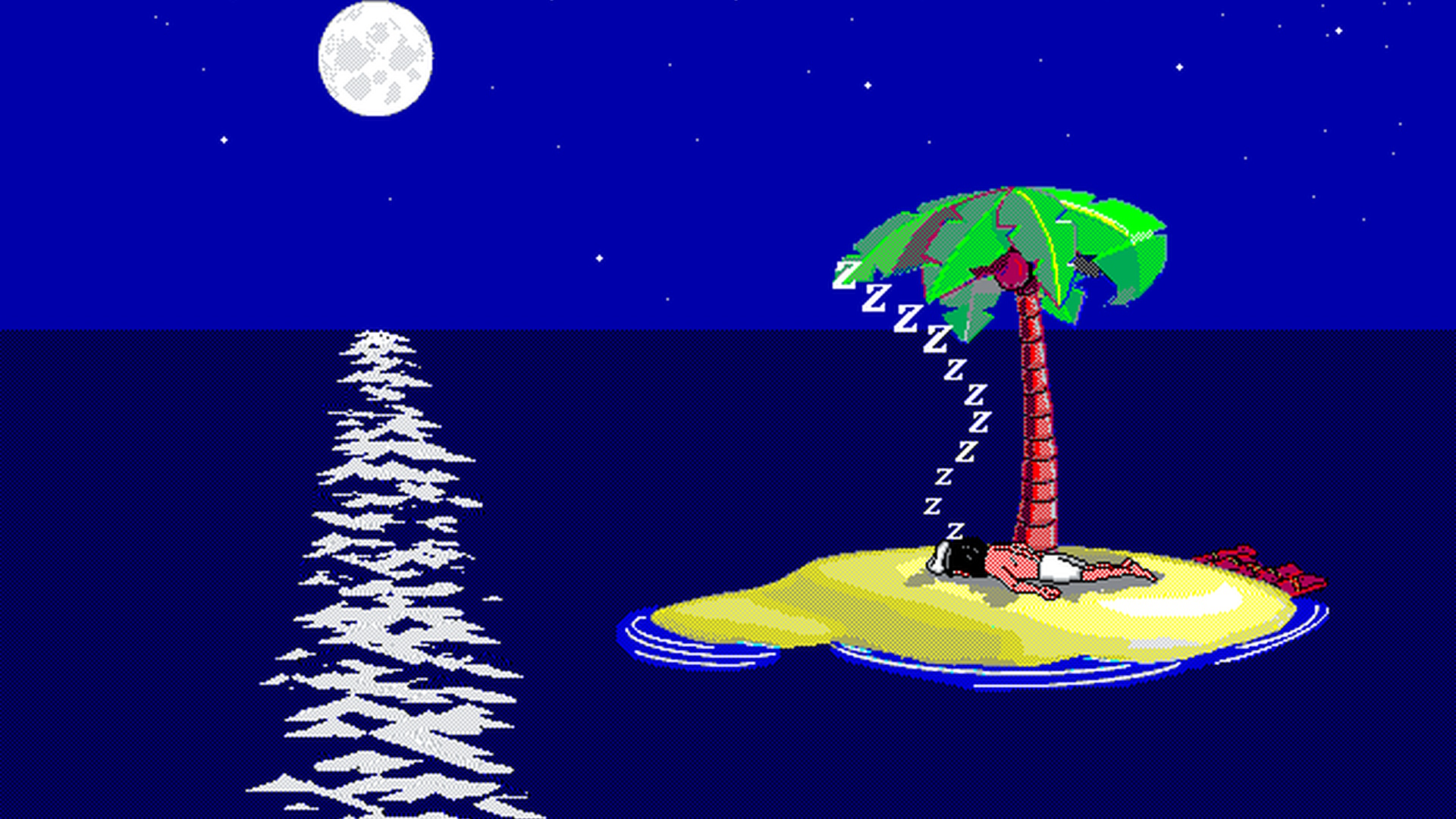
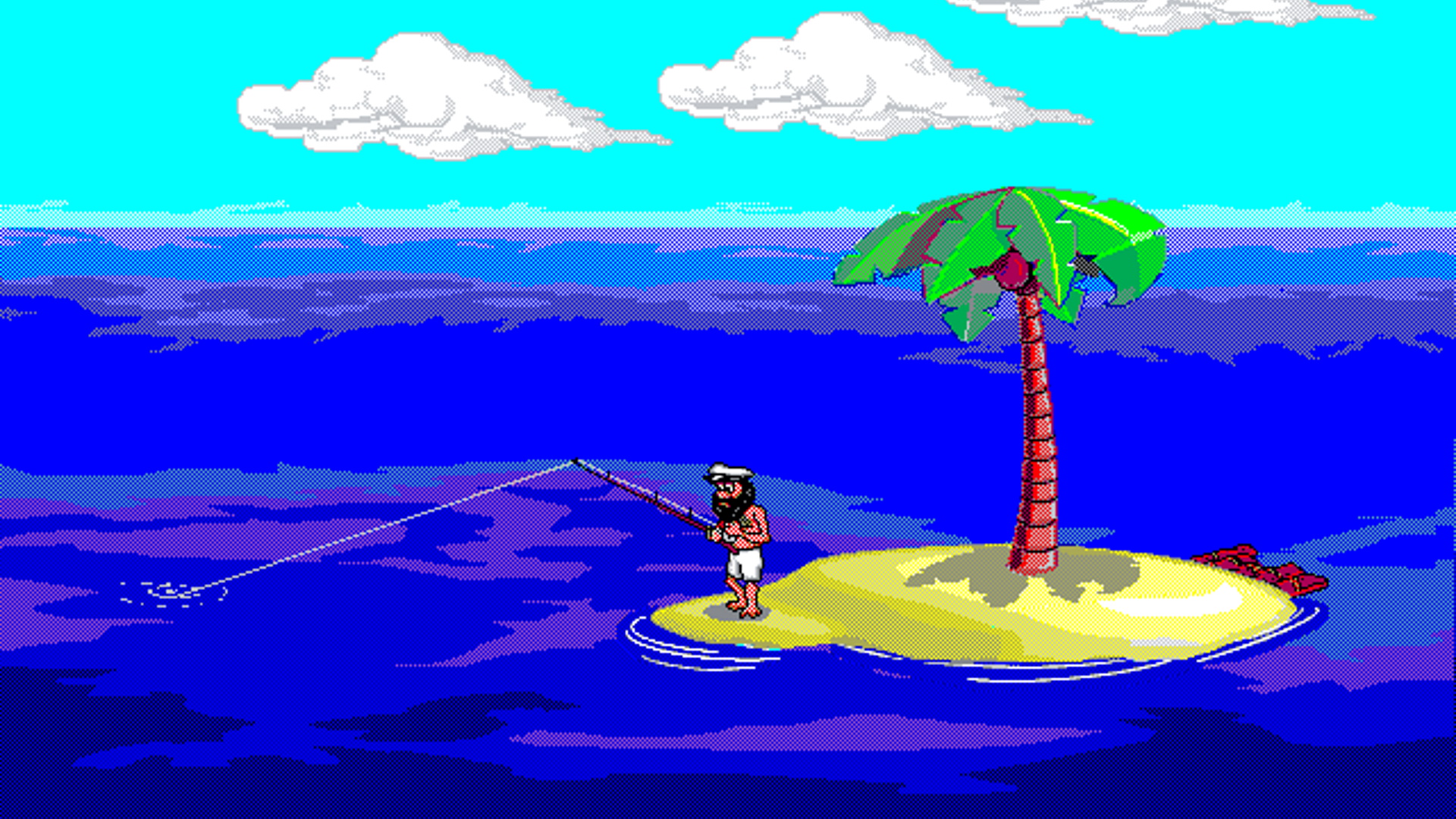

While I had no control over what Johnny would do, the way the storytelling was slowly fed to me morphed Johnny Castaway into a game in my young mind. I "played" it by finding ways to sneak in to catch what Johnny was up to on my dad’s state of the art Windows 3.1 laptop. I never knew how many scenes there were or what I'd missed, and that uncertainty sparked my imagination
Johnny Castaway narrowly predated a whole swath of innovation in digital companions. Virtual (or desktop) pets grew to have proper gameplay and encompass a lot more than a lonely shipwrecked guy, with the Petz games releasing in 1995, followed by Tamagotchi becoming a massive fad in 1996 and 1997. The web-based Neopets followed. Quasi-spyware Bonzi Buddy, Clippy the Microsoft Office assistant, and The Sims franchise all have roots in the world of virtual pets. Most of them were far more complex than Sierra's, so why was the simpler Johnny Castaway stuck in my head?
The biggest gaming news, reviews and hardware deals
Keep up to date with the most important stories and the best deals, as picked by the PC Gamer team.
Recommended daily shipwrecks
After finding my white whale, I discovered that Johnny Castaway was still surprisingly popular. I wanted to install this computing relic again to revisit it, but I figured a 16-bit screensaver released in 1992 had about as much chance of running on my modern 64-bit installation of Windows 10 as poor Johnny did of escaping his island. But fans have figured out a workaround, and Johnny Castaway has a preconfigured install that launches it inside DOSBox and lets you select it as a screensaver, even on 64-bit Windows. They rescued Johnny and then dumped him right back on the same island, but stranded in a more modern sea.
Below: Some other virtual pets from the '90s
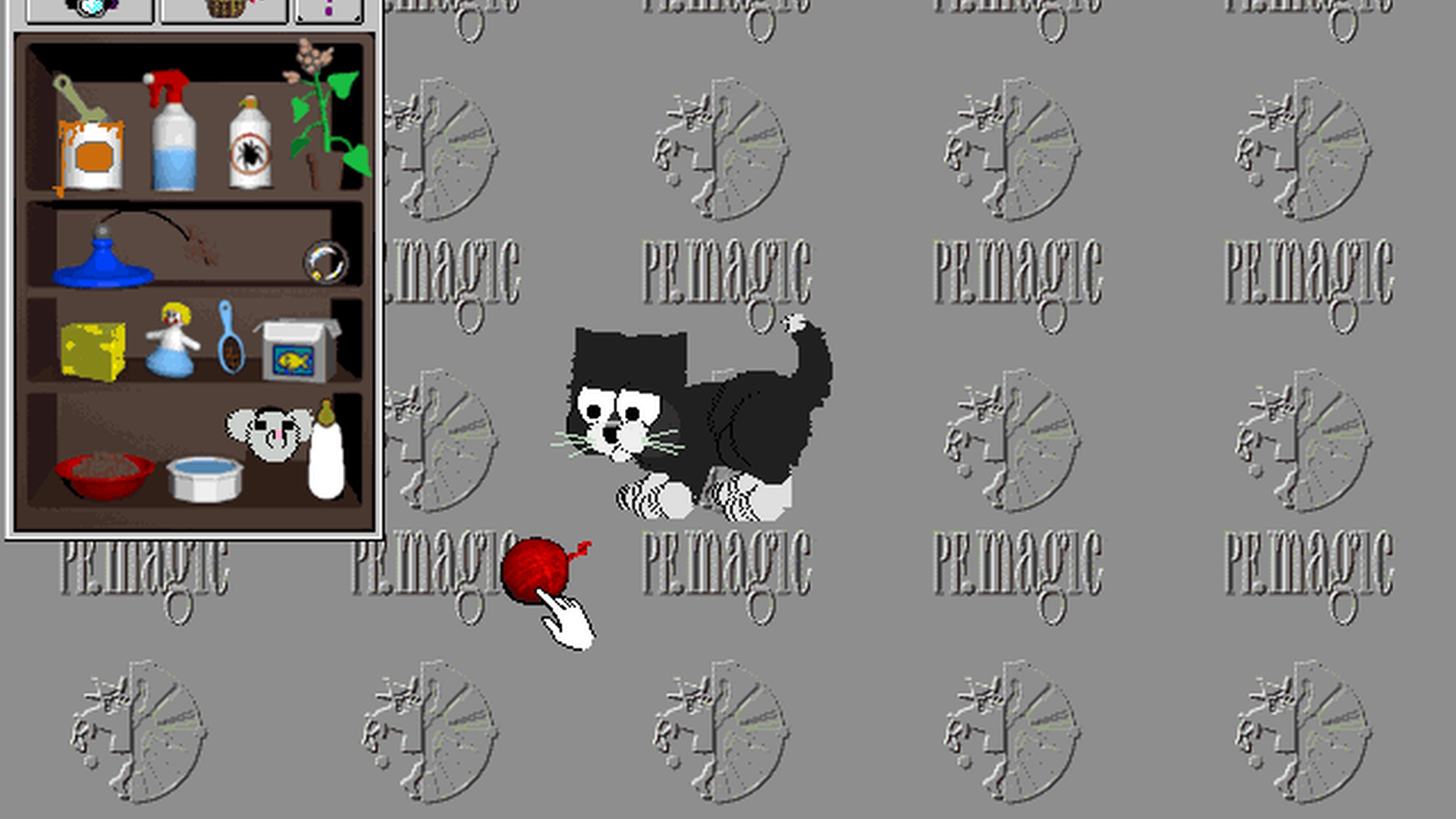
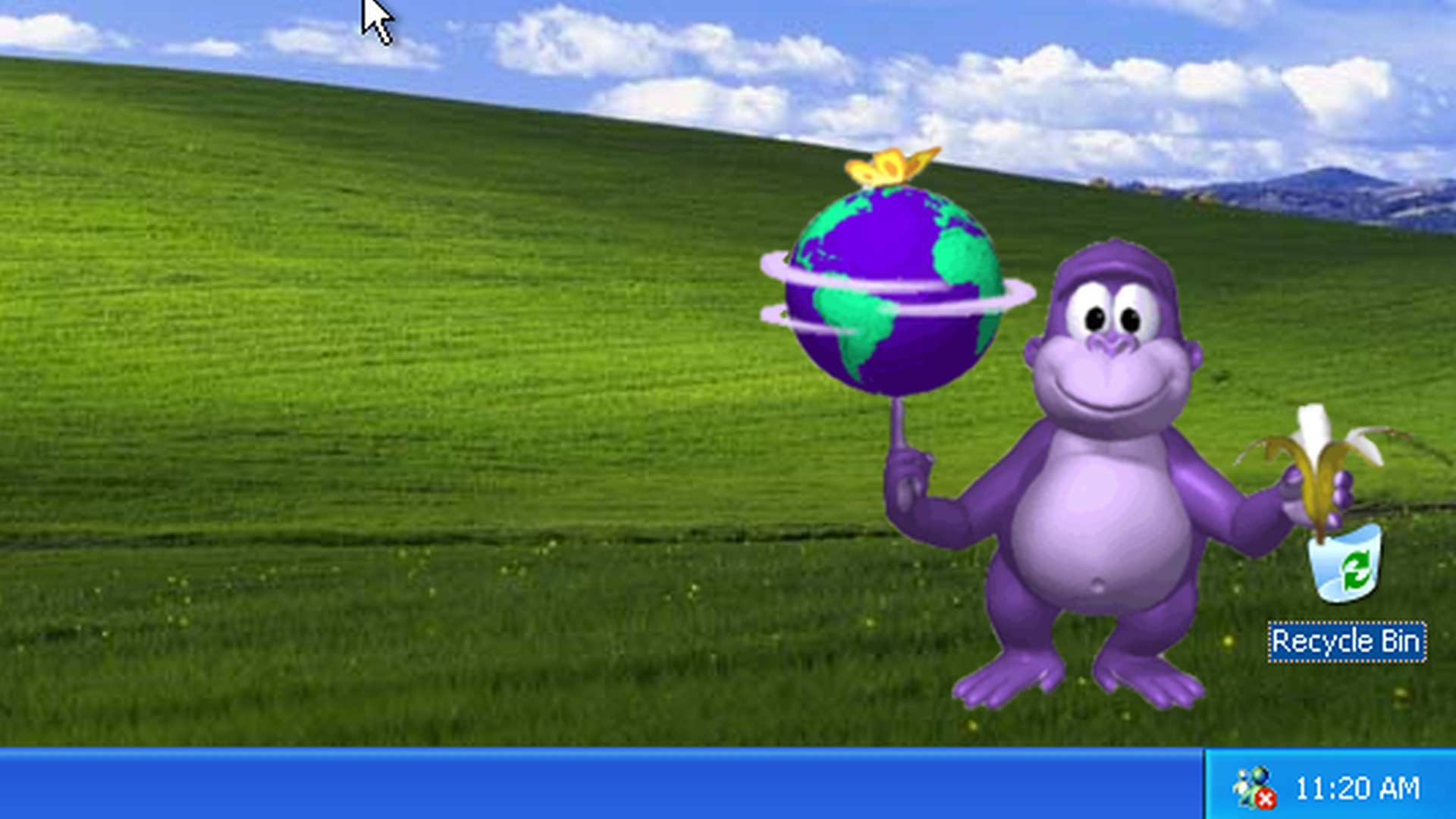
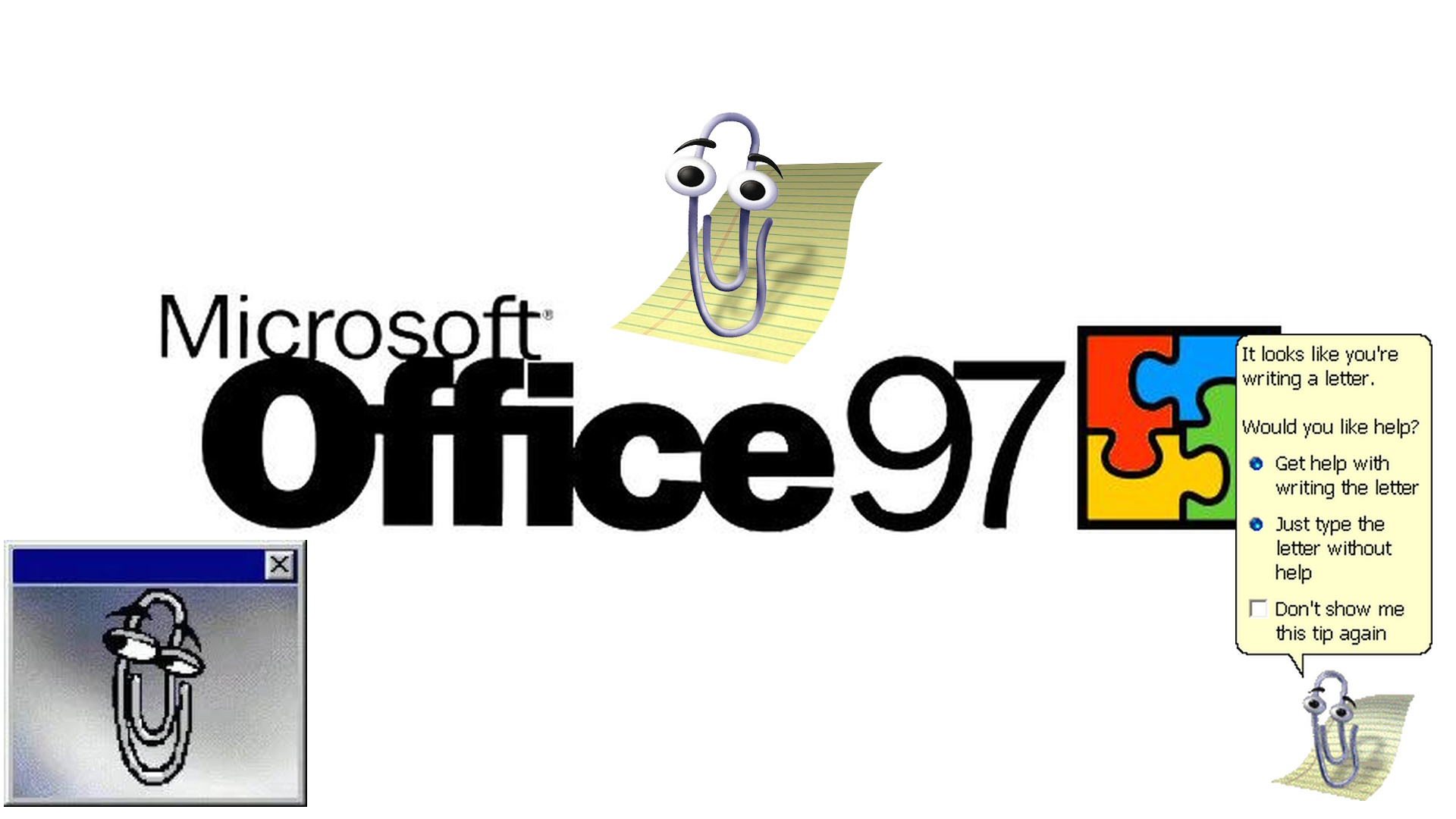
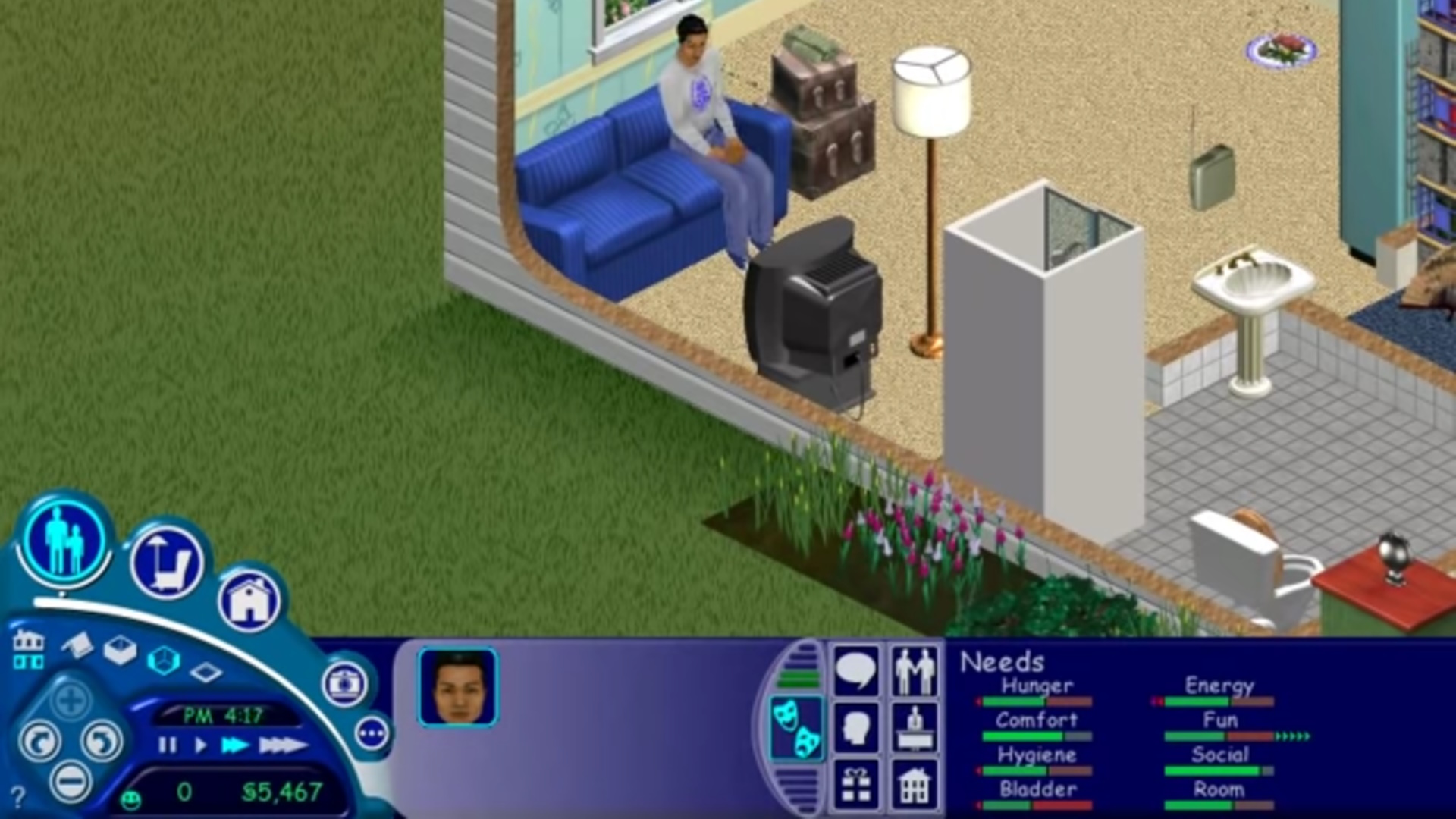
Johnny Castaway’s producer Jeff Tunnell was asked about the screensaver's longevity in 2022 and posted the Q&A on his website, wherein even he seemed surprised. "I never expected Johnny Castaway to become the underground cult hit that it became," he wrote. "Of course, you always want a product to be successful, and JC was. The only surprise was how long it lasted."
In many ways, Johnny Castaway is a running gag with only one note. He tries to do something—whether fishing or escaping the island—and fails at it. But Johnny Castaway understands the secret to success of a running gag is not in the gag itself, but in the things that support it.
Gilligan’s Island revolved around the difficulties in being stranded on a tiny island. For three seasons, the cast would try and fail to escape, and the humor was in the increasingly silly ways that their plans would fail and the absurd nature of their existence, right down to the coconut radios. The fact that Johnny never escaped was a core feature of his story, just like Gilligan and crew.
My glimpses into Johnny’s world were always stolen: A few minutes while my dad played dominoes with his friends or while he went to get the mail. Once I showed it to some friends, and we gathered around the laptop screen, basking in the glow of the 16 standard Windows colors while a weird little digital man angrily stomped on his sand castle.
Johnny Castaway stuck with me because my mind was forced into creativity: I imagined a whole game, a whole world, around my shipwrecked pal. I must not be the only one, because the pioneering desktop companion is still alive, in that 64-bit port of the original screensaver, a disassembled version you can run in your browser, and even his very own Team Fortress 2 spray. Technology may have moved on, but Johnny's always right where he should be: on his island, trying to woo a mermaid onto shore for dinner.

Sarah is a contributor for PC Gamer, formerly of TechRadar Gaming. With five years of experience writing freelance for several publications, she's covered every genre imaginable and probably a few she made up. She has a passion for diversity and the way different genres can be sandboxes for creativity and emergent storytelling, and loves worldbuilding. With thousands of hours in League of Legends, Overwatch, Minecraft, and countless survival, strategy, roguelike, and RPG entries, she still finds time for offline hobbies like tabletop RPGs, wargaming, miniatures painting, and hockey.

